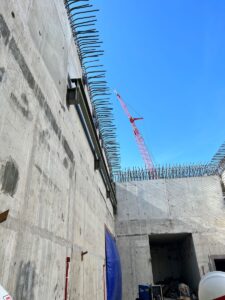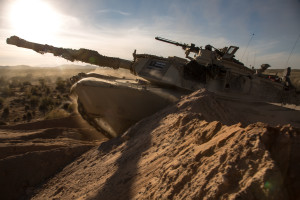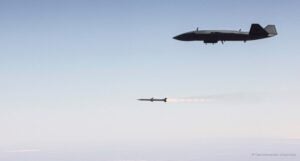
As part of a look at the entire nuclear weapons portfolio, U.S. Strategic Command (STRATCOM) is considering requirements for accelerating and increasing the buy of the U.S. Air Force AGM-181 Long Range Standoff Weapon (LRSO) by RTX [RTX] beyond the 1,087 nuclear-tipped cruise missile LRSOs planned, STRATCOM head Gen. Anthony Cotton told the Nuclear Deterrence Summit in Washington, D.C., on Feb. 2. Asked whether the command was examining those options, given Russian President Vladimir Putin's posturing about using low-yield nuclear…














